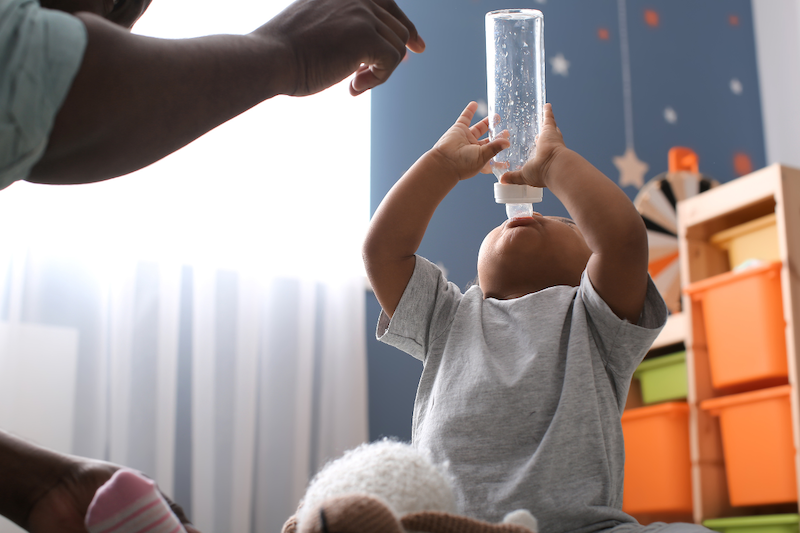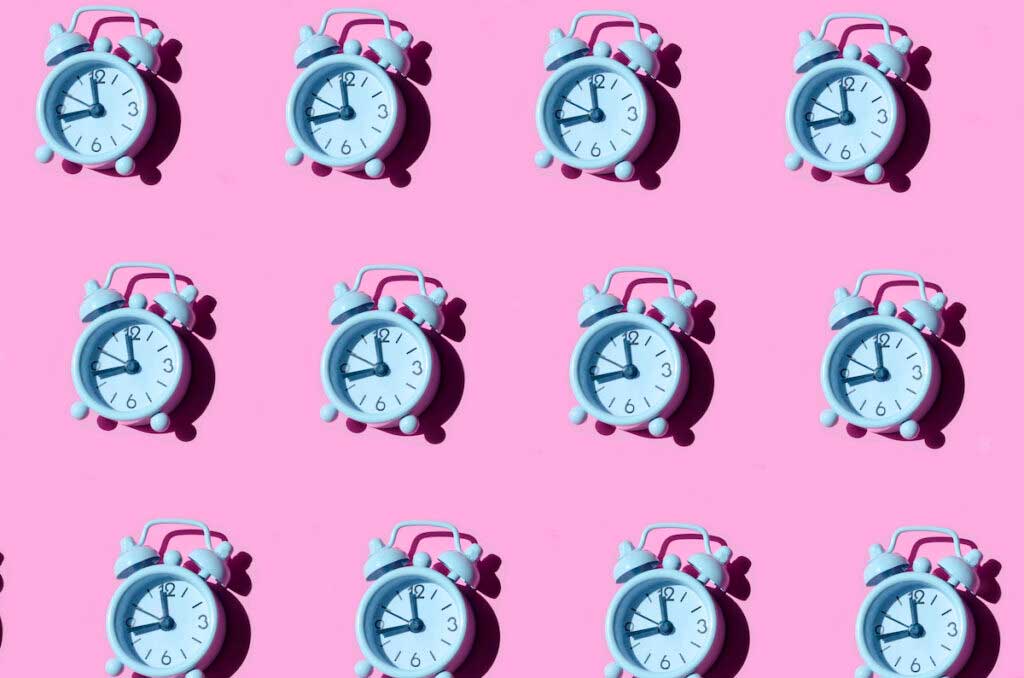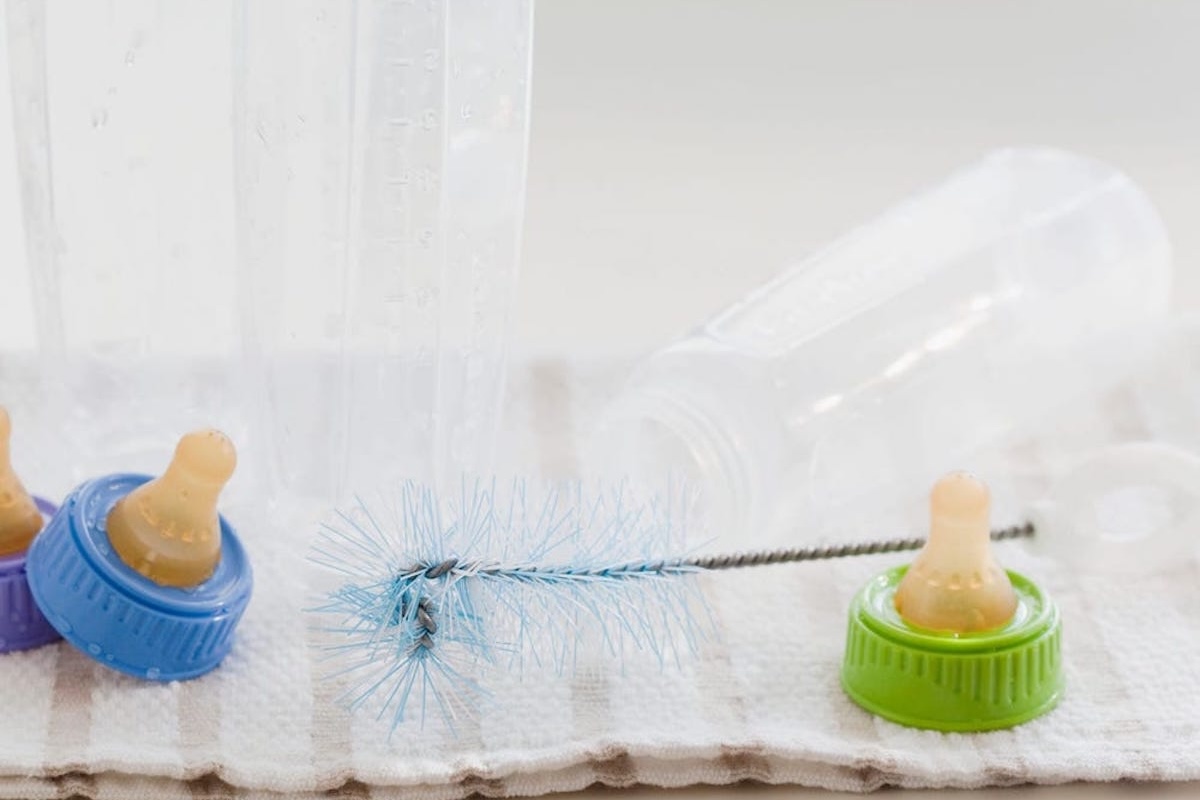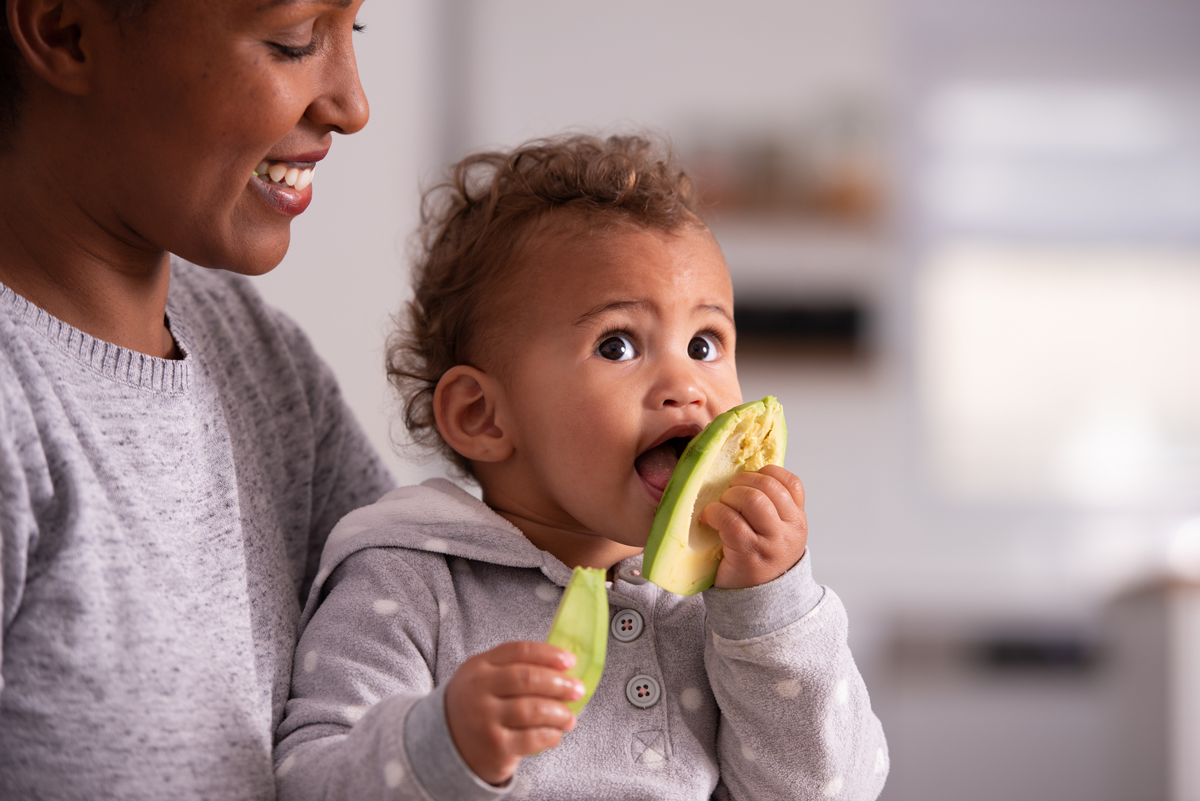My 14-month-old daughter refuses to drink milk out of anything besides a bottle. We’ve tried several types of sippy cups, and she is not having it — we end up in a standoff with the milk-filled sippy cup until I eventually cave and give her a bottle with milk. She drinks water out of sippy cups just fine, just not milk. Our pediatrician’s recommendation was to wean babies off bottles at 1, so I am feeling a little anxious that she’s still glued to her bottles at 14 months. What is the data behind this? Is it imperative that I stop giving her bottles asap?
—A mom who caves in sippy cup–bottle standoffs
Many health guidelines are given in absolutes, but biology does not have absolutes like this, for the most part. There is no magic thing that happens at the age of 12 months that means that bottles before are fine and bottles after are some kind of disaster. A very large number of parents I talk to find this transition challenging, so you’re not alone.

There are basically three reasons why people are encouraged to wean their children off bottles as they reach a year old.
A primary worry is about teeth. Prolonged bottle use is associated with more cavities in kids. I say “associated with” because the causality here is not airtight. There is better evidence that using bottles before bed for older children can cause cavities, because the milk lingers around their teeth. This would be true if you used a sippy cup as well — it’s about the timing of milk, not the delivery mechanism. But general bottle use is sometimes thought to cause more need for braces later. There isn’t much good research there.
A second concern is that use of bottles may encourage too much milk consumption, at the expense of other foods. As your child ages through this period, they should be getting more calories from food and less from milk. They do need milk — or milk products — for calcium, so you do not want to completely eliminate milk, but you can dial it down a lot.
From a data-driven standpoint: if you are giving a bottle at bedtime, it’s a good idea to wean off that if you can, for cavity reasons. Other than that, it is not worth panicking. A reasonable approach may be to simply eliminate some of the bottles of milk, rather than trying to replace them with sippy cups of milk. Or try an open-top cup of milk at meals. Remembering that it is okay if the amount of milk decreases may help here.
Community Guidelines















Log in